A Bike Ride to Ghost Town of Lakhpat – Day 2
On the second day of our bike ride, the memories of the White Rann were fresh in our mind. The serenity that the Kutch offered were inprinted within me for forever.
Ghost town of Lakhpat
For our second day, we had decided to venture into Lakhpat. The city of Lakhpat is located on the coast of Gujarat, close to the border with Pakistan. The city was named from the Hindi word ‘lakhpati’ which means a person who earns in lakhs.
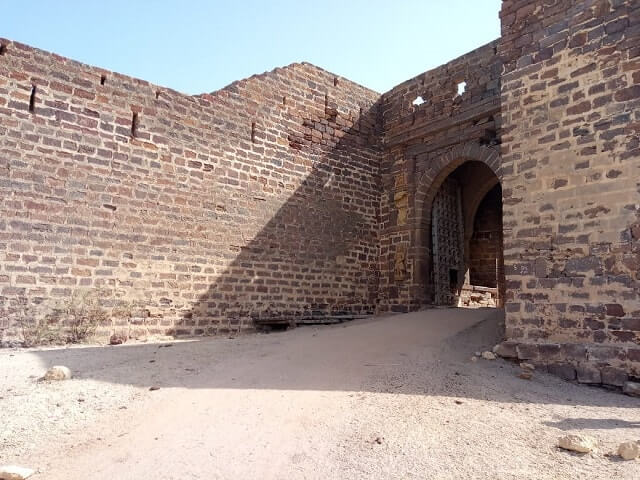
Other legends suggest that the city was named after Rao Lakha who was a ruler of Sindh in the mid-thirteenth century. And that is perhaps the only description of the city residents when the city was named.
Ruins, ruins and more ruins
When one approaches Lakhpat, the first thing visible is a fort in ruins. And that is mostly what the city houses.
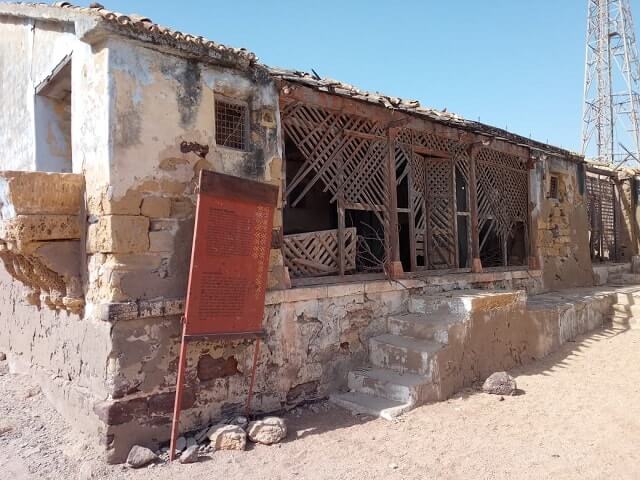
We entered the fort which sprawls over a 7 km area and housed all the residents. What we saw were houses in ruins and newer buildings under construction. Seems ironic doesn’t it, the name of the city and its description?
For some background we spoke to Usman Bhai, a famous tourist guide in the city. While every city has tourist guides, Lakhpat’s Usman Bhai is a lot more popular than one might guess.
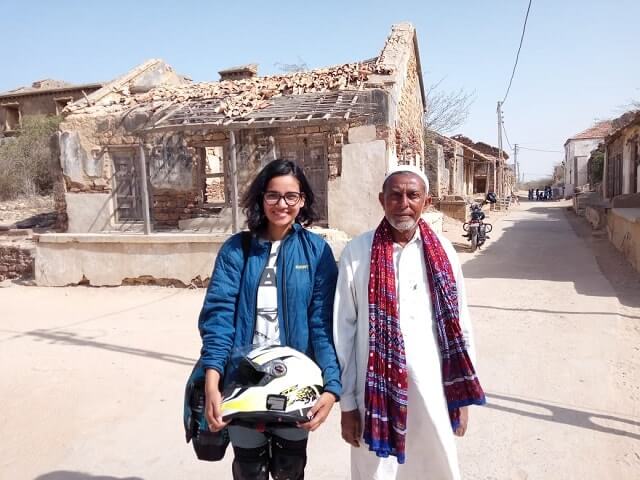
Usman Bhai has been the tour guide for many Indian and foreign dignitaries visiting the city including the Chief Minister of the state. Several travel bloggers have also spoken of Usman Bhai’s knowledge of the city, and that is how we came to know of him. A resident of Lakhpat for his whole life and of a family that has lived here for generations, Usman Bhai is a treasure chest of information on Lakhpat.
From a thriving city to a ghost town
Until the 19th Century, the Indus River entered the Arabian Sea through Lakhpat. This made Lakhpat a thriving business port. The residents of the city earned in lakhs and hence the name ‘Lakhpat’.
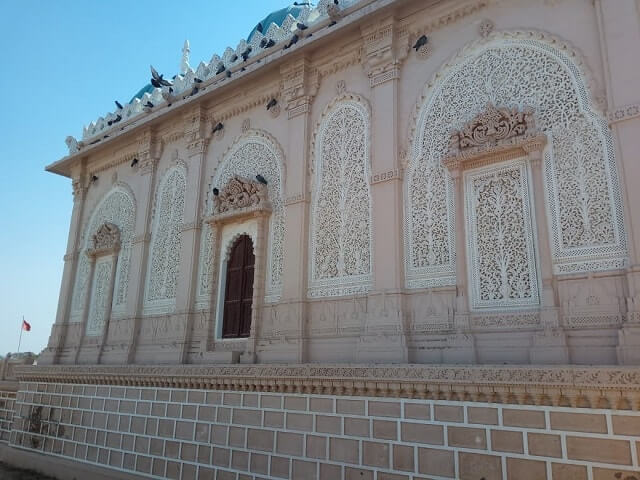
Such was the prosperity of the city. The grand Lakhpat fort was constructed by Fateh Muhammad and was completed in 1801. The city thrived with its rice agriculture and trade through the port. However on the Wednesday of 16th June 1819, an earthquake shook the area and changed the story of the city. As a result of the earthquake, a natural dam was created which changed the course of the Indus. The change was such that the Indus now entered the Arabian Sea through further north.
The city now houses a much smaller and poverty stricken population. According to the Census 2011, the population of the city was 108 houses with 566 residents. In more recent times, the Hindi movie Refugee was shot in the Lakhpat fort and it’s residents are occasionally visited by dignitaries and foreign tourists.
A place of religious harmony
Apart from the fort, a key attraction in the city is the Gurudwara Sahib. According to legend, Guru Nanak stayed in the city while going to Mecca for Haj. Relics of the Guru are kept in the Gurudwara. It is a protected monument of the state and has won an award by the UNESCO.
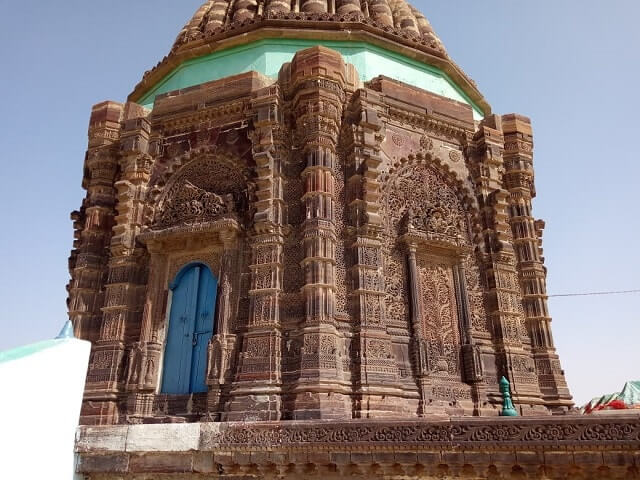
Another such site is the tomb of the sufi saint Pir Ghaus Muhammad. The tomb is looked after by a descendant who resides there.
The city of Lakhpat which was once thriving in prosperity is now nothing more than a ghost town. The dusty interiors have no roads. All one can see is a fort in ruins with houses in a similar condition.
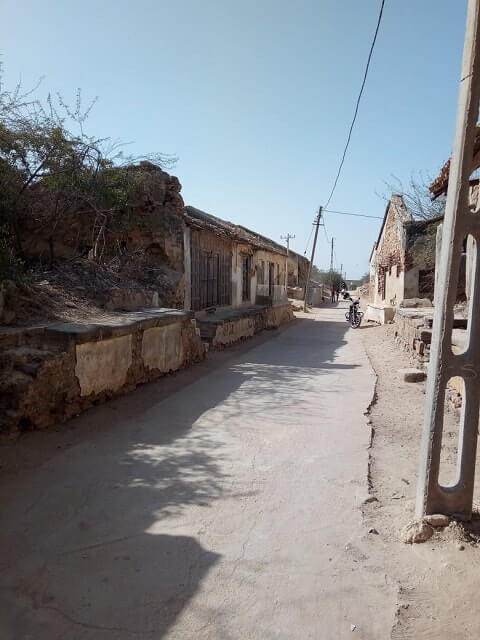
The only life in the city comes from its very few residents and labourers working on construction of buildings under a Chief Ministerial fund.
As we drove out of Lakhpat and waved our goodbyes to Usman Bhai, I ached with melancholy. Melancholy for a city which lay in ruins now, but once glimmered with jewels and oppulance.
In the next post will be a coverage of the third and final day of our Rann of Kutch ride.
